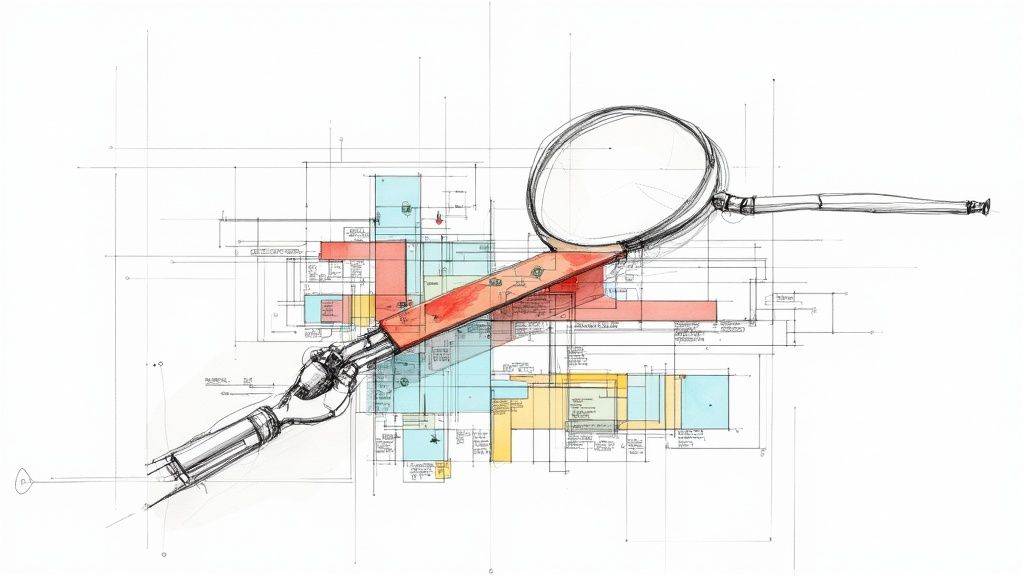Aligning Project Management with Team Culture at Mergify

In the ever-evolving world of software development, one size rarely fits all—especially regarding project management. At Mergify, we've spent the past year transforming how we work, creating a system that aligns deeply with our values and team culture. It wasn't just about finding the right tools or workflows but building a process that respected autonomy, fostered ownership, and embraced how we work best as a small, remote-first team.
This is the story of how we redefined project management at Mergify and why team culture should always guide your workflow choices.
The Problem with Traditional Agile
Both Mehdi, Mergify's co-founder and CTO, and I have extensive experience working in organizations where Agile was the gold standard. While Agile principles emphasize flexibility, customer collaboration, and quick iterations, what we often saw in practice was far from ideal. Agile had become synonymous with Scrum, weighed down by a litany of rituals—stand-ups, poker planning, retrospectives—that felt more like bureaucracy than empowerment.
At Red Hat, where we both worked, the flaws of this approach became painfully clear. Our team thrived on a lightweight, Kanban-style system that required minimal ceremonies and let us focus on delivering great work. On the other side of the organization, a team of 20 people was dysfunctional—not because they were not using the right framework, but just because they broke the 2-pizza rule.
Management did not really understand how functional teams worked, but when they heard "agile," they decided to pick the Scrum framework and forced a new set of processes and ceremonies on every team in the organization—ours included.

Leadership's attempt to unify every team under a single process backfired. Instead of improving efficiency, it crushed motivation. Teams like ours, which had been highly productive with their lightweight and agile approach, became bogged down by the burden of managing processes instead of shipping features.
The lesson was clear: the process should serve the team, not the other way around.
Building the Foundation of Mergify's Workflow
When we started Mergify, we knew we wanted a different approach. As a small, remote-first team of five to seven engineers, we didn't need elaborate frameworks or ceremonies. We needed a lightweight system that encouraged communication, aligned with our values, and gave everyone autonomy and a sense of ownership.
In the early days, this meant almost no formal structure. With just a couple of us on Slack, quick conversations and ad-hoc collaboration were enough to keep things moving. But as the team grew and the product matured, we recognized the need for some structure—without falling into the trap of over-process.
We introduced a daily stand-up meeting. For a remote team, having a synchronous moment to align was critical. Even as most of our work remained asynchronous, these short check-ins ensured we stayed connected and on the same page. Instead of rigid two-week sprints, we leaned into a Kanban approach. Cards on a Linear board moved naturally from "To Do" to "In Progress" to "Done," reflecting the organic flow of our work without unnecessary constraints.
This system worked well for a time. But as we scaled, cracks began to show.
The Challenges of Scaling a Lightweight Approach
One of the first challenges we encountered was ownership. Who creates the cards? In traditional Agile, a product owner or manager often defines tasks, leaving engineers to implement them. But this separation can dilute responsibility. When engineers aren't involved in defining tasks, there's a disconnect between the problem and the solution, leading to inefficiencies or misaligned expectations.

Another issue was the endless backlog. Without clear prioritization or higher-level goals, it often felt like we were just pushing cards around. Each week, the backlog grew, and the sense of accomplishment diminished. For a small, motivated team, this was frustrating. We wanted to feel the impact of our work, not get lost in a sea of tasks.
These challenges pushed us to evolve our workflow again, aligning it even more closely with our values of autonomy, ownership, and collaboration.
Why Culture Must Guide Process
Reflecting on our journey, one thing stands out: your workflow should reflect your team's unique culture. At Mergify, we value simplicity and trust. Our processes are designed to support, not stifle, the creativity and independence of our engineers. We've created an environment where our team can thrive by rejecting rigid frameworks and focusing on lightweight collaboration.
The key takeaway? Don't adopt a process because it's trendy or "industry standard." Instead, take the time to understand your team's dynamics, strengths, and needs. Build a system that enhances your culture; don't be afraid to evolve it as you grow.
In our next post, we'll discuss the practical mechanics of refining our workflow into a project-driven system, introducing briefs, leads, deadlines, and a focus on delivering meaningful features.




